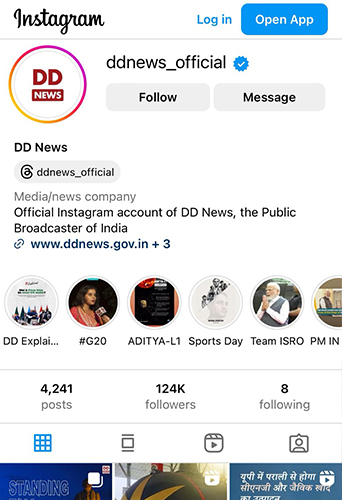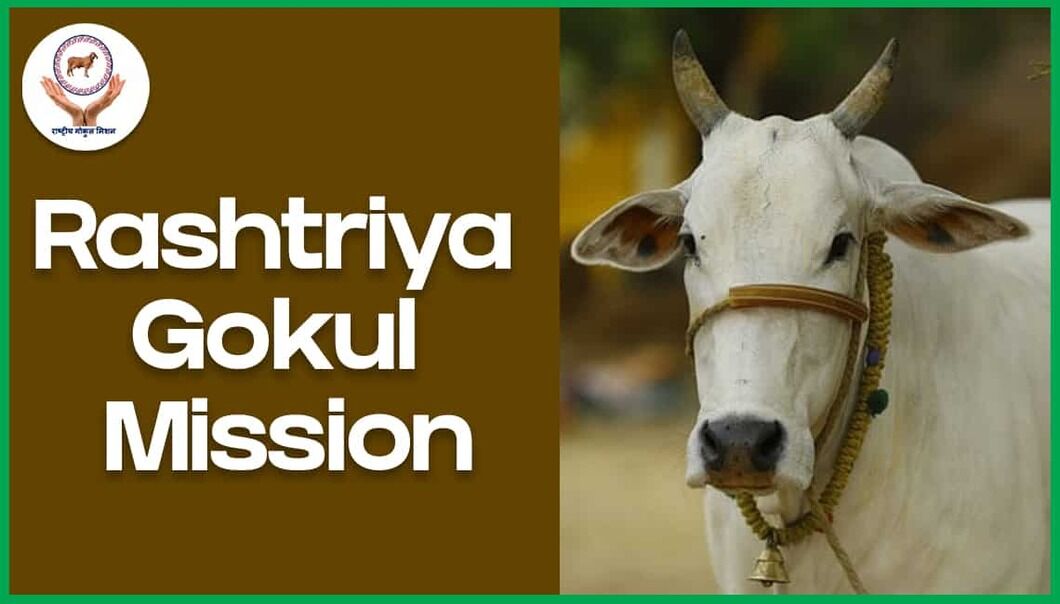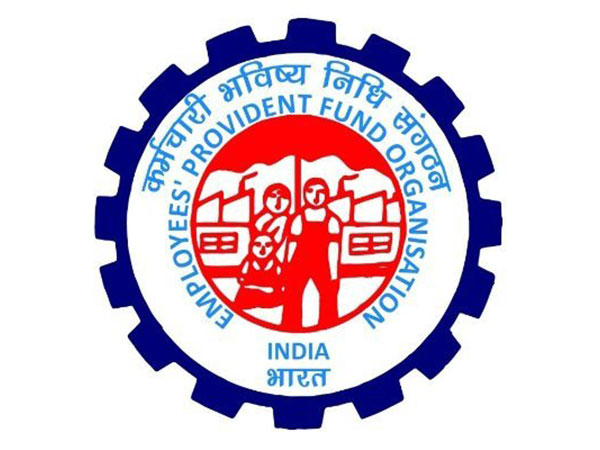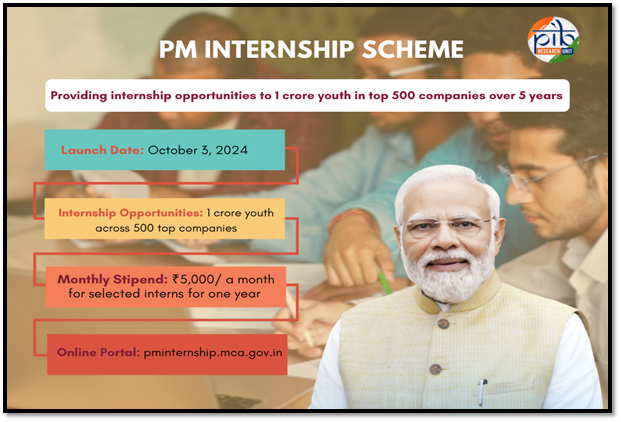The Union Cabinet on Wednesday approved the Revised Rashtriya Gokul Mission (RGM) to boost growth in the livestock sector. The revised mission will be implemented as a Central Sector component of the Development Programmes scheme, with an additional outlay of ₹1,000 crore, bringing the total allocation to ₹3,400 crore for the 15th Finance Commission cycle from 2021-22 to 2025-26.
Two new activities have been introduced under the revised RGM. The first is a one-time assistance of 35 percent of the capital cost for the establishment of Heifer Rearing Centres, which will help in creating 30 housing facilities with a total of 15,000 heifers. The second initiative aims to encourage farmers to purchase High Genetic Merit (HGM) IVF heifers by providing a 3 percent interest subvention on loans taken from milk unions, financial institutions, or banks for such purchases. This will facilitate the systematic induction of high-yielding breeds.
The scheme will continue its core activities, including strengthening semen stations and artificial insemination networks, implementing bull production and accelerated breed improvement programs using sex-sorted semen, supporting skill development and farmer awareness initiatives, and establishing Centres of Excellence while reinforcing Central Cattle Breeding Farms.
With the implementation of the Rashtriya Gokul Mission and other government efforts, milk production has increased by 63.55 percent over the past decade. The availability of milk per capita, which stood at 307 grams per day in 2013-14, has risen to 471 grams per day in 2023-24. Productivity has also improved by 26.34 percent in the last ten years.
The Nationwide Artificial Insemination Programme (NAIP) under RGM provides free artificial insemination at farmers’ doorsteps in 605 districts across the country where baseline AI coverage was below 50 percent. To date, over 8.39 crore animals have been covered, and 5.21 crore farmers have benefitted. RGM has also been at the forefront of introducing advanced breeding technologies to farmers. A total of 22 in vitro fertilization (IVF) labs have been set up under State Livestock Boards or universities, leading to the birth of 2,541 high-genetic-merit calves.
Additionally, the development of Gau Chip and Mahish Chip, genomic chips for indigenous bovines created by the National Dairy Development Board (NDDB) and the ICAR National Bureau of Animal Genetic Resources (NBAGR), along with Gau Sort, an indigenously developed sex-sorted semen production technology, marks a significant milestone in India’s self-reliance in dairy technology.




















